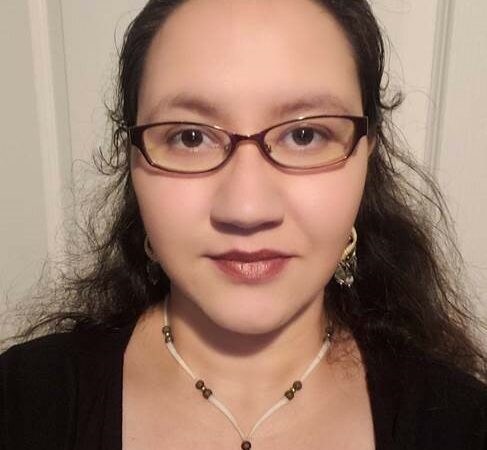
World renewal
As Yurok, we are “World renewal,” or “Fix-the-Earth” people. Historically, this was a matter of maintaining a system with which we had co-evolved over millennia, resilient and symbiotically bound as caregivers and recipients of its abundant diversity. These days, there is a lot more to it.
As a result of European American contact, our lands, our elders, and our children were stolen, abused, and every effort was made to refashion them in the image of a “superior” race’s ideal. Our human and ecological community members — the fish, wildlife, and plants with whom we lived — were decimated or driven extinct. The reverberating impacts to the people who remained are often called “historical trauma.” But this was my grandparent’s generation. My great uncle, who I knew and loved, was born before Native Americans were granted citizenship. My old grams was nearly a woman when she saw her first European American, and she lived to see a man walk on the moon, a fact that rocks my world every time I think about it. What had taken millennia to build was nearly destroyed over the course of a single generation. And there is nothing “historical” about it.
Wounds that remain today include the near loss of our ancient redwood forests. Yurok’s expansive prairies, maintained through traditional fire to support all levels of the ecosystem, cover only 1% of what they used to. Fire suppression has created a tinderbox, just waiting for a spark. Our salmon populations run the risk of extirpation every year. Each impact is terrible, but also contributed to the loss of prey-go-neesh, California condor, with whom we have lived in relationship since time immemorial and who traditionally carried our prayers to the heavens when we are asking for the world to be in balance. Condor was driven nearly extinct, with at one point only 22 individuals left in the world.
None can be healthy or well while any amongst our human and ecological community members are wounded. The harm done to any one component resonates throughout the whole. My work as Yurok Tribe Wildlife Department director is to be a healer. Yes, for our wildlife community members — but in truth, for our entire world and for our future. Our children are hurting, cut off from the full complexity of a vibrant homeland which once supported every aspect of their physical and spiritual health. It is hard to be Indigenous without being able to live in relationship with the world with which you had evolved to be a part. It is hard to be strong when you cannot be centered, and how can you be centered if your foundation was yanked out from beneath you before you were born? The resultant poverty and social disfunction that too many of our youth and families struggle with are a direct result of the forced disconnect from our lands and associated lifeways.
I work to help rebuild that foundation. In 2003, a panel of my elders, chosen for their capacity to prioritize natural and cultural resource restoration needs, made the decision to bring prey-go-neesh home. In 2008, condor served as the flagship species of our newly formed Wildlife Department, for which I was the first employee, a technician at the time. Over the past 15 years I have worked my way up to director, and we have expanded our work to other threatened and endangered species restoration, habitat restoration, wildlife harvest management and capturing of tribal elder knowledge to pass on to the next generations. We teach our youth what it means to be Fix-the-Earth people. We teach our youth their own value as we reconnect them with the world. They were put here to caretake, grounding and centering and strengthening them in their inherited purpose. My daughter is amongst the first generation of Yurok children who will grow up in relationship with condor in a way that I could not. Because, finally, this year, prey-go-neesh flies free again in Yurok skies.
As I mature in my role, and because of the iconic nature of condor, important to so many people, I am also helping build bridges between our Yurok community and the rest of the world, learning from and teaching our respective lessons to make our work globally impactful. Too, we are forging new pathways with our governmental partners who historically represented repression, but increasingly stand with us as friends.
We believe the spirits of our children choose the families to which they will be born. To be here in this time and place was my choice from long ago. My spirit knew that its unique strengths were what were required to help haul us back from the brink. The work I do for and with my community is the culmination of every prayer that my ancestors made for the future of our world.
This essay is by one of this year’s Pritzker Emerging Environmental Genius Award finalists. The 2022 winner will be named on November 10.
